
The Impact and Legacy of Futurism in Art and Design
In the tumultuous early 20th century, marked by a whirlwind of new inventions and a shift from agrarian to urban...
After the invention of writing in Mesopotamia, for around four thousand years, all written documents were produced by hand, one by one. When people needed a copy of a scroll, they had to pay someone to transcribe it by hand. This manual reproduction process made scrolls expensive, limiting access to only the wealthiest individuals. It wasn’t until the invention of printing technology that the cost barrier diminished.
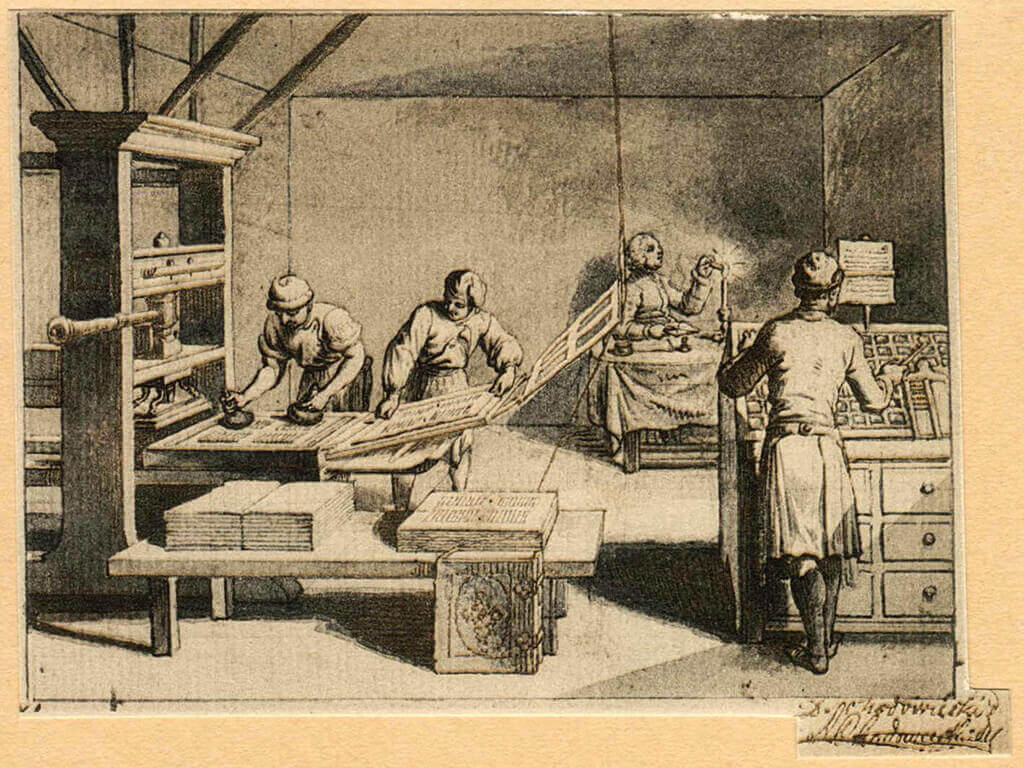
Around 650 AD, a faster method was invented during the Tang Dynasty in China. The concept involved carving wooden blocks with a page of text, inking it, and then pressing paper onto the block for printing the page. The entire page was carved as one unit, enabling the reproduction of the same page multiple times. This innovation significantly lowered the cost of producing scrolls. Approximately 300 years later, an alchemist named Pi Sheng introduced a more flexible system of movable type. He carved each Chinese character separately on small fired clay blocks and arranged them to form words, allowing the same blocks to be reused for creating different texts.
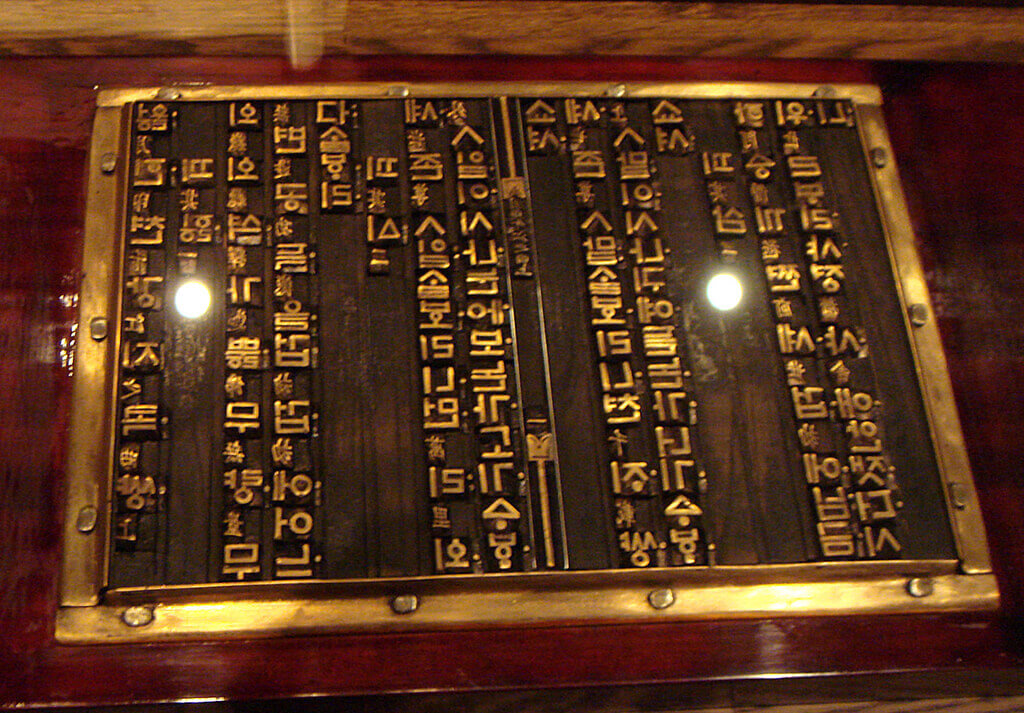
As mentioned earlier, paper and the knowledge of its production reached Europe around 1200 AD. Fueled by newfound enthusiasm for books and printing, European printers began to experiment more frequently with the processes. Drawing on knowledge from the Silk Road, they recognized that the alphabet was well-suited for movable type compared to the logograms used in Chinese. The growing wealth in northern Europe, particularly, led to an increased literacy rate, creating a burgeoning market for printed books.


In the 1400s AD, after years of focused experiments, German inventor, Johannes Gutenberg made the system scalable and pioneering the way for a mass produced printing industry with his invention, Printing Press. He utilized movable metal type composed of a mixture of lead, tin, and antimony to print a Christian Bible.
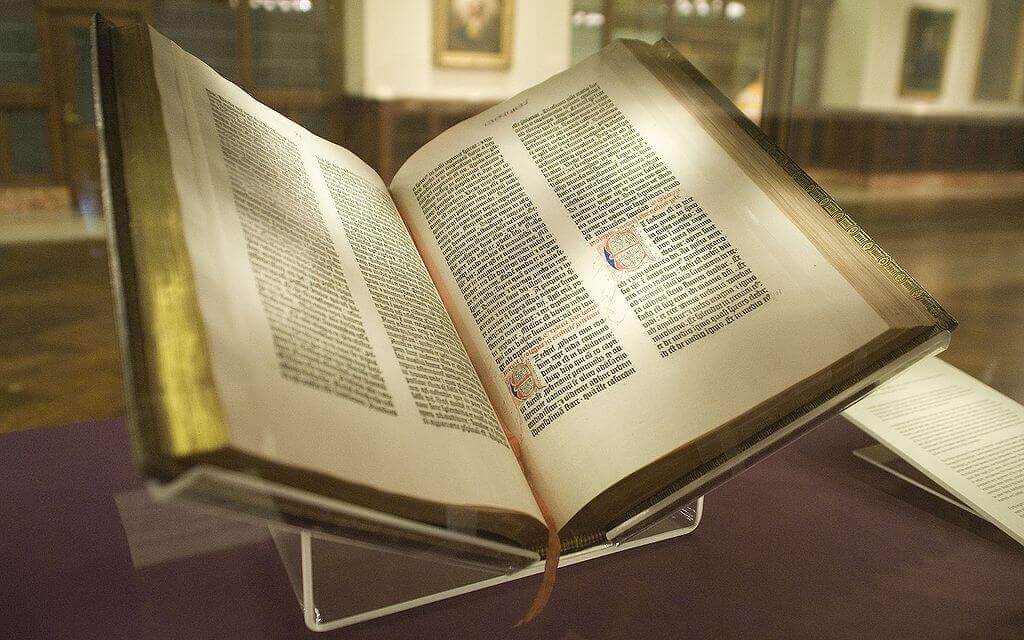
These developments led to an explosion of much cheaper printed books in Europe, with an enormous impact. In about 50 years, approximately 20 million books were printed. This played a pivotal role in the development of the Renaissance, Reformation, and the Scientific Revolution, laying the material basis for the spread of learning to the masses. In the 19th century, the replacement of the hand-operated Gutenberg-style press by steam-powered rotary presses allowed printing on an industrial scale. Western-style printing was subsequently adopted worldwide, becoming the primary medium for modern bulk printing.
The first book to feature woodcut illustrations was Ulrich Boner’s “Der Edelstein”, printed by Albrecht Pfister in Bamberg in 1461. Over the decades, typographic printers significantly increased their utilization of woodblock illustrations, leading to a booming demand for blocks and an elevation in the status of graphic illustrations.
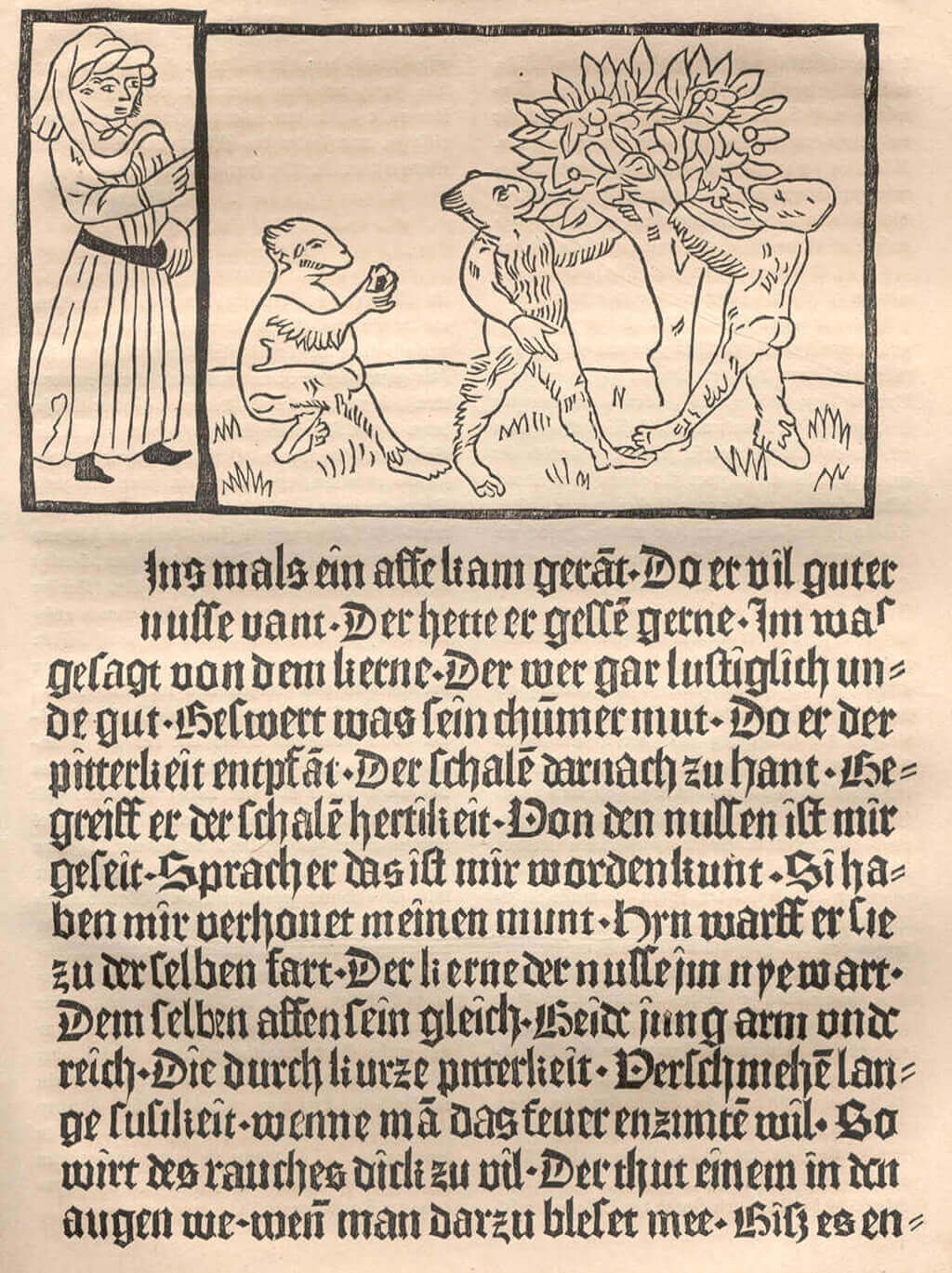
Around 1530, Claude Garamond opened the first type foundry, where he developed and sold fonts to printers. Garamond is credited for the exceptional quality of his fonts, playing a significant role in the gradual elimination of Gothic styles across most of Europe.

In 1814, Frederich Koenig combined a hand press with a steam engine, creating the Steam-Powered Rotary Press. Koenig’s innovative press doubled the hourly output, and with subsequent prototypes, it reached around 1500 sheets per hour. Expanding on this concept, other innovators quickly refined Koenig’s machine, and within 15 years, steam-powered presses were capable of printing 4000 sheets per hour.

In the 1860s, Ottmar Mergenthaler, often referred to as a second Gutenberg, invented the Linotype machine—the first device capable of easily and quickly setting complete lines of type for use in printing presses. This invention revolutionized the art of printing, significantly expediting and streamlining the preparation phase before actual printing.
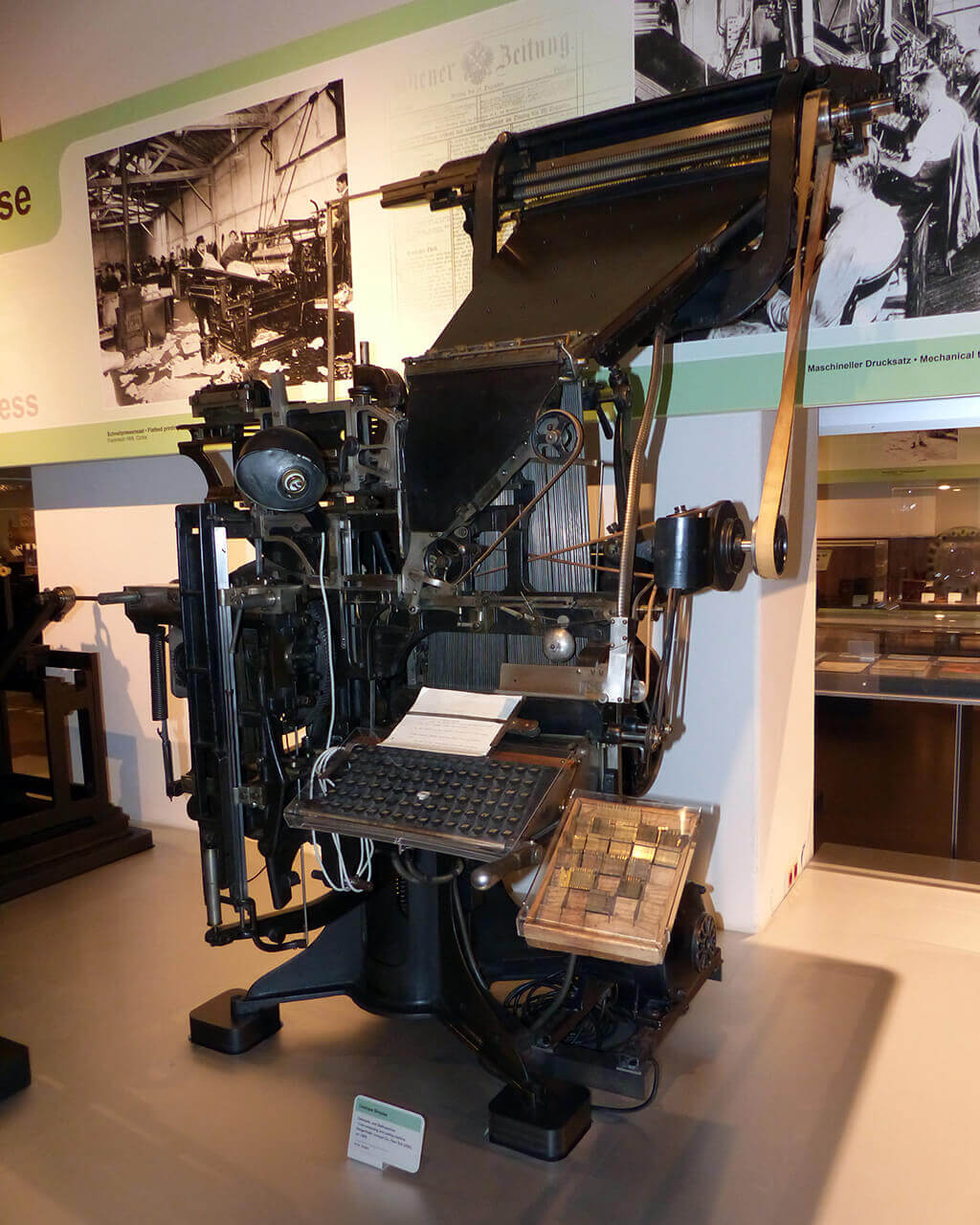
The advancements in printing technologies did not cease and the pursuit of producing printed materials in larger quantities while reducing the overall costs led to the invention of varius technologies such as Offset Printing, Xerography, Inkjet printing, Laser printing and finally 3D printing.

In the tumultuous early 20th century, marked by a whirlwind of new inventions and a shift from agrarian to urban...

As the twentieth century unfolded, emerging artists sought inspiration beyond the intricate designs of the Victorian era, Art Nouveau, and...
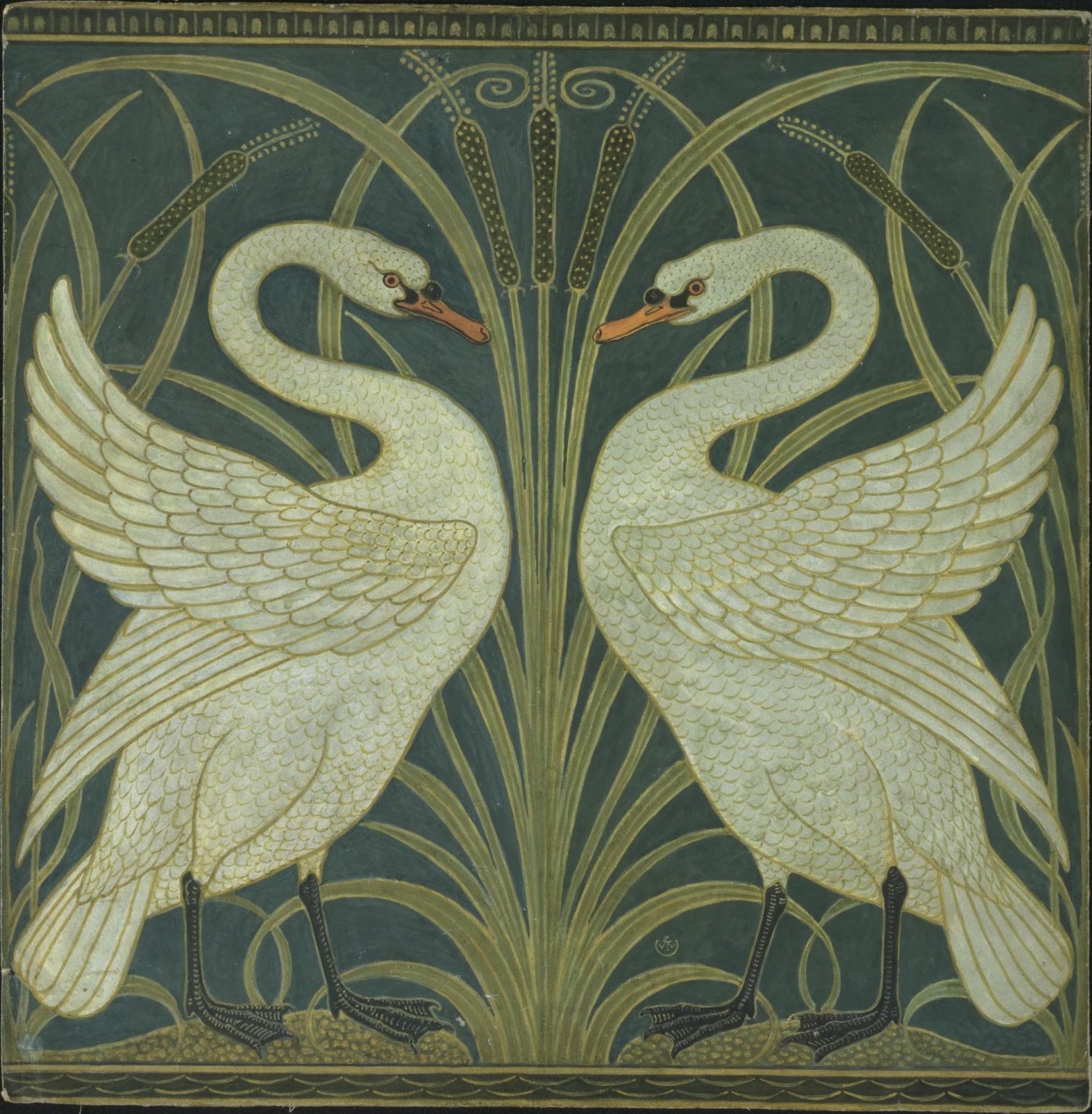
The Art Nouveau movement, which flourished in the late 19th and early 20th centuries, was characterized by its ornamental and...
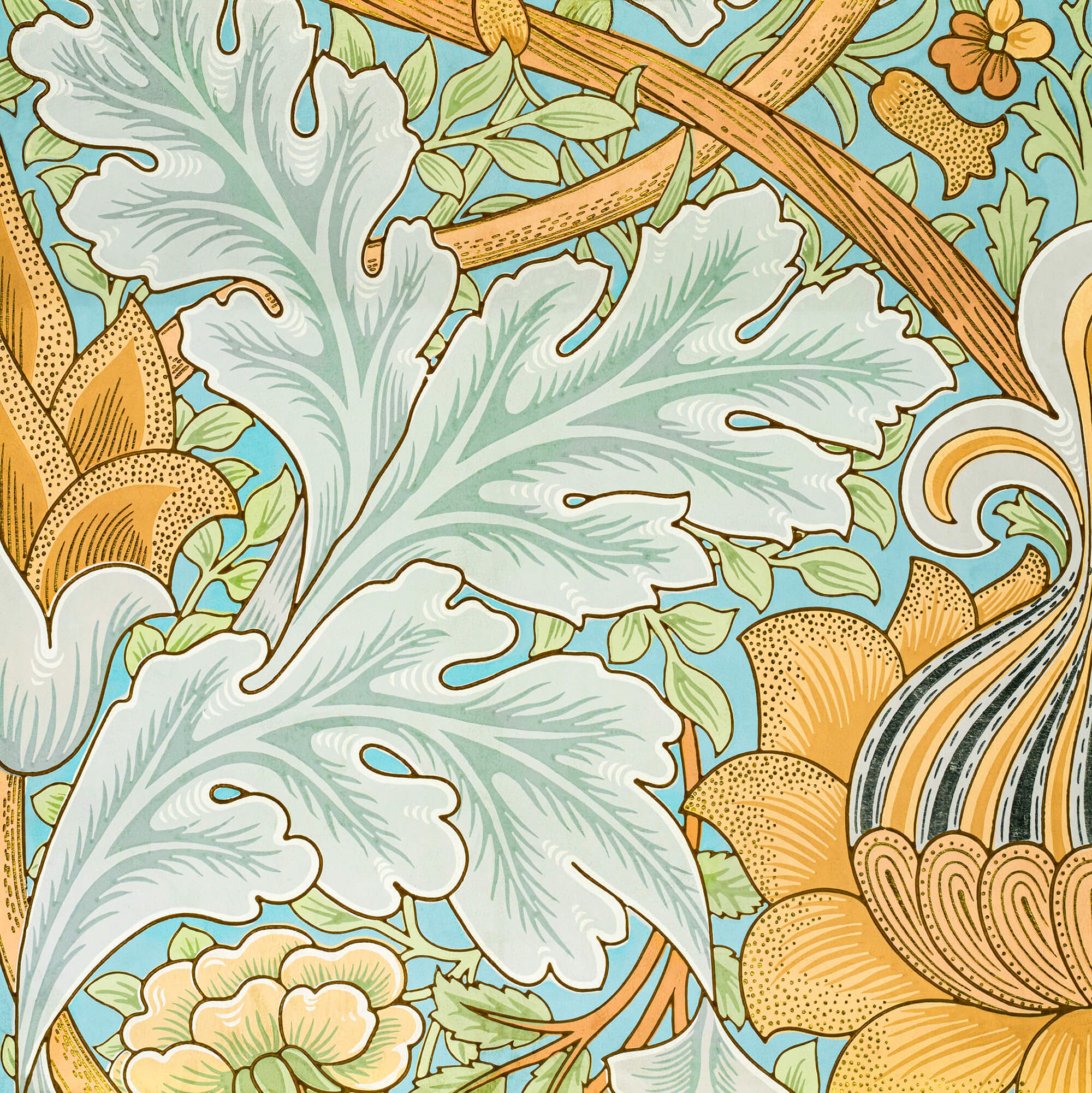
As the 19th century unfolded, the city of Paris became a hotbed of optimism and creativity, fueled by a confluence...

In the mid to late 19th century, the technological change was a big driving force, just like today. The new...

While these developments were happening, the deskilling of the craftsman and manufacturing of mass-produced items, expansion of factories and even...
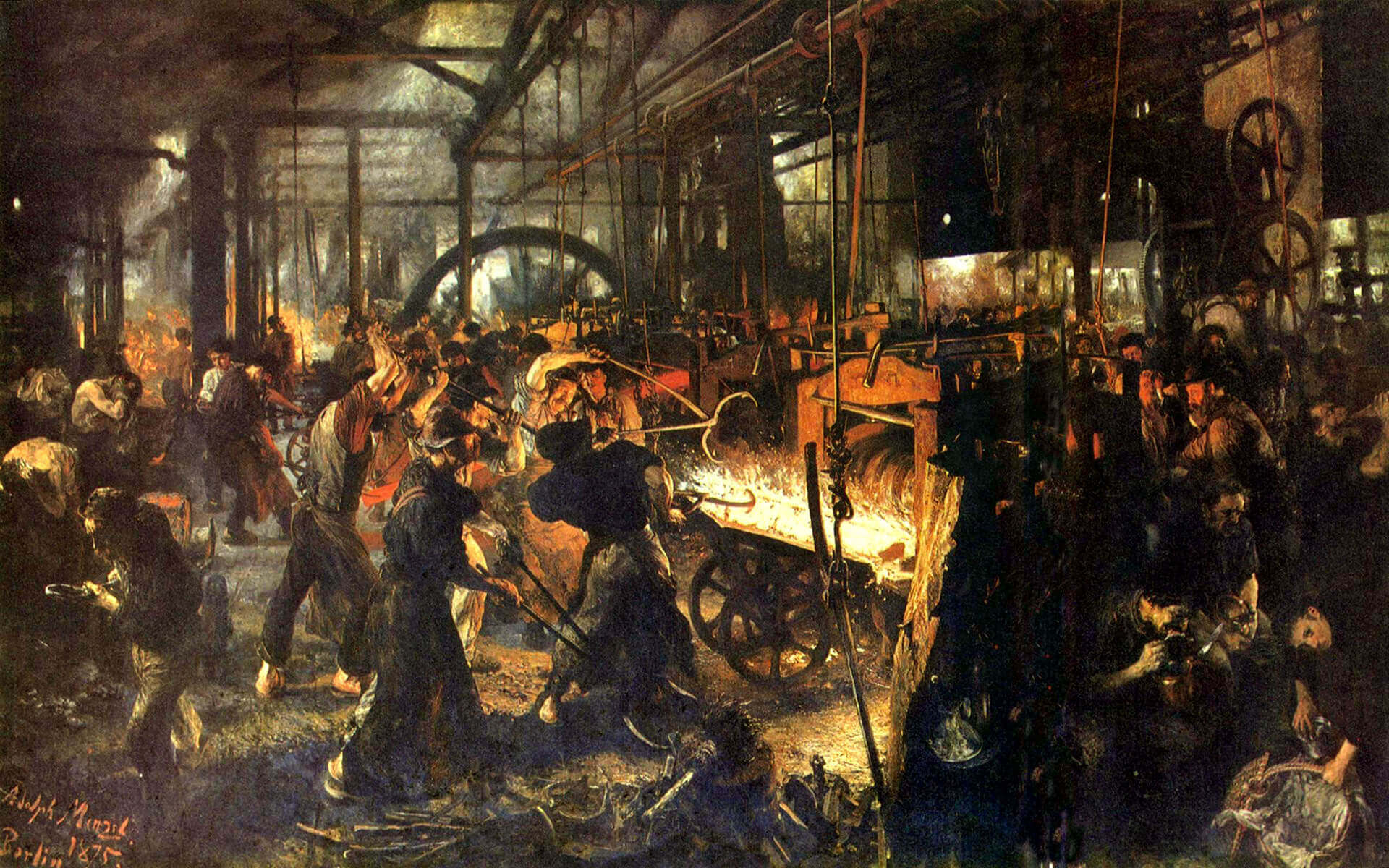
Before industrialization, things were made in small numbers, carrying the emotions and fingerprints of its creator as a result of...
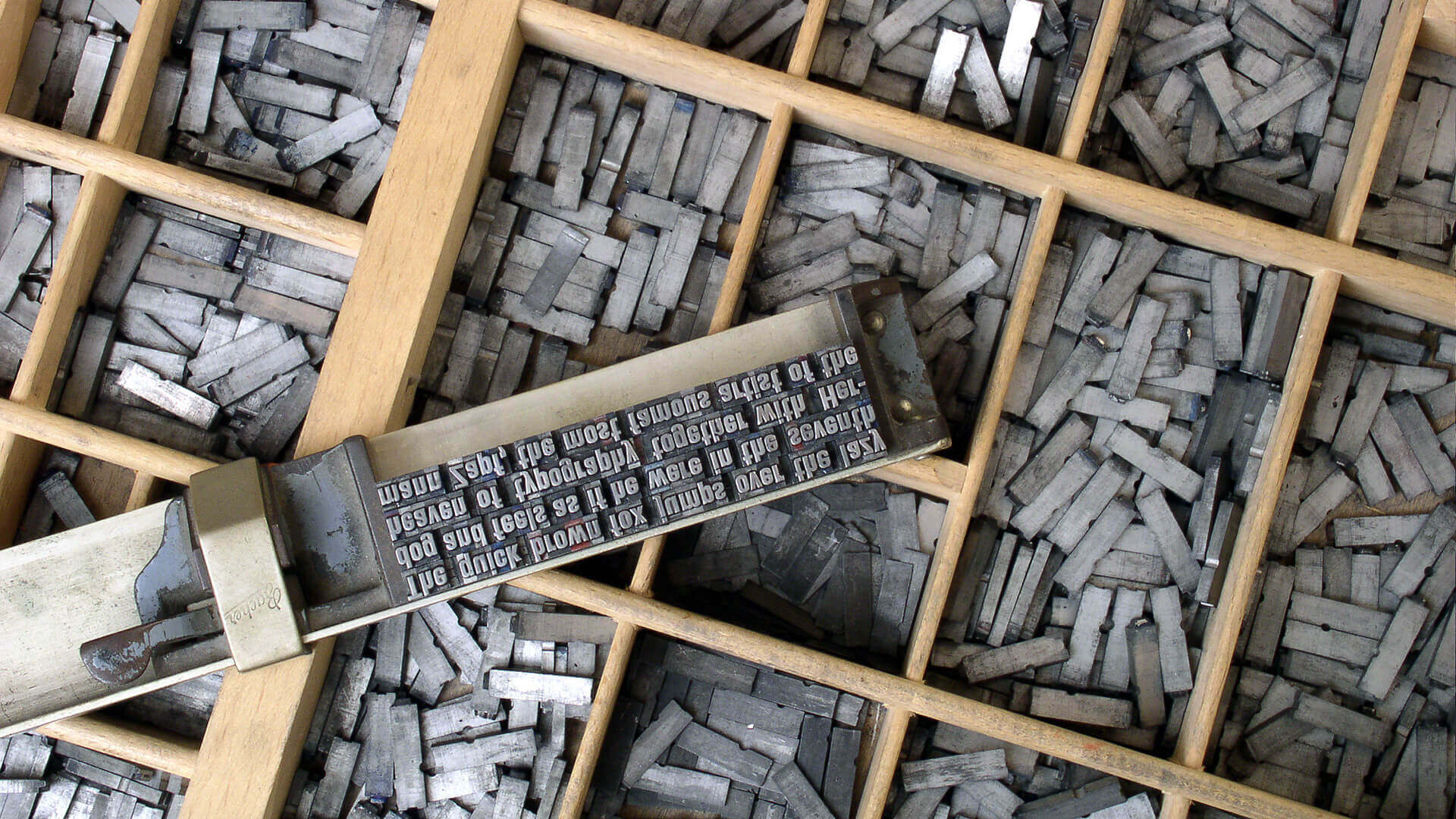
In 1400s AD, after several years of focused experiments, Johannes Gutenberg made the system scalable and led the way for...

The history of graphic design begins with the cave paintings. The prehistoric humans were marking their daily lives or the...

Starting from a simple stone ax, throughout the history we created a man-made environment, to survive and control the world...